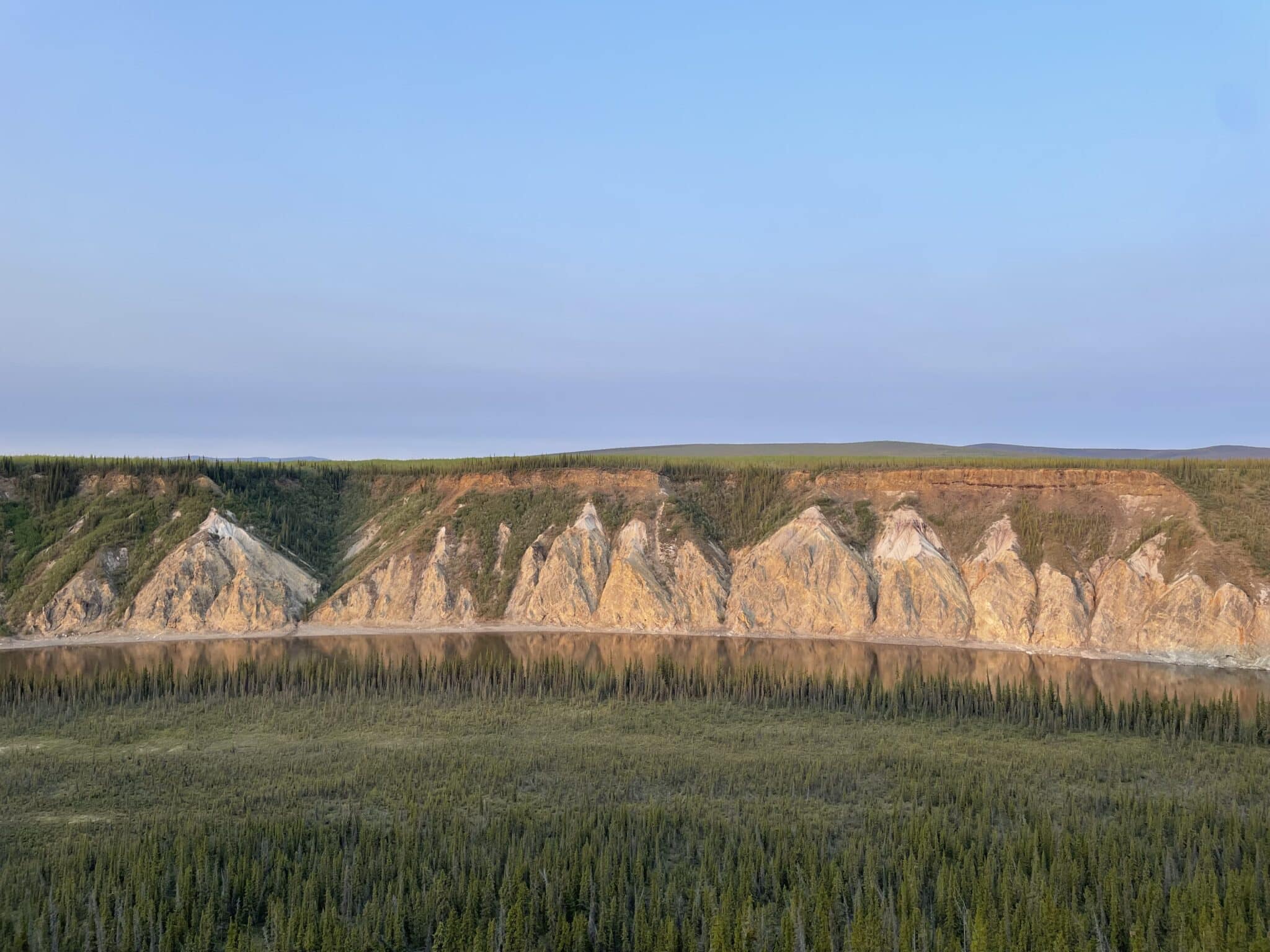The nation is recovering from a natural disaster. Again. This time it is Sandy. A few months ago it was the drought. Last year there was Irene. A few years ago it was Hurricane Ike that devastated Galveston, TX. In 2005 it was Rita, Wilma, and of course Katrina. But we could look further back at Hurricane Andrew in 1992, the Great Midwest Flood of 1993 and the Northridge earthquake of 1994. Clearly we could go on about the many disasters that occurred in between.
How the nation responds to a natural disaster and how policymakers apply the lessons we learn to the projects, programs, and policies that are in place to protect us is critical. How did the storm and flood damage reduction projects perform during Sandy? What is the state of the infrastructure? Can it be made more resilient? Did the nation’s policies lead to behavior that made people and property less vulnerable?
Immediate calls after the winds of Sandy died down were to rebuild. Instead they should be to rebuild smarter and better. It is not an academic question as to whether the impacted areas are vulnerable to storms. Sandy decided that. Sandy also destroyed manmade storm and flood damage reduction projects like beach replenishment, dunes and berms, and levees. The American public, and by extension the American taxpayer, is extremely sympathetic to the plight of those who lost so much in Hurricane Sandy. At the same time, our big hearts cannot lead to soft heads.
Blanket federal spending can lead to reconstruction and rebuilding that isn’t in the community, the state, or the federal government’s best interest. The goal should be that if Sandy the sequel – or worse – were to strike, there would be far less damage and impact. That doesn’t mean that Manhattan or Atlantic City or other communities are not rebuilt, it means that they are constructed to be more resilient, with high risk properties being removed, structures storm proofed or elevated, and flood and storm protection adapted to the natural conditions.
We also need policy reform. The federally subsidized flood insurance program was $17 billion in the hole to taxpayers before Sandy hit. The program has about $4 billion in cash on hand and additional borrowing authority from the treasury. It’s very likely that the cap on borrowing will have to be lifted to pay all the claims from Sandy. Any increased borrowing should come with additional reforms to further protect taxpayers and put the program on sounder financial footing. So what if it was already reauthorized for five years this past summer. The reforms in that package that would begin to charge policyholders rates that were more actuarially sound and therefore commensurate with their risks, could be accelerated. Another reform that was stripped out at the last minute would have required property owners living in the floodplain to purchase flood insurance that takes into account the residual risk that remains even if they have flood protection like a levee. Because flood control projects reduce, they don’t eliminate risk. We can guarantee you that a lot of flooded property owners are not going to be happy that absent flood insurance, they are only eligible for a small amount of emergency disaster aid and loans.
Particularly in the context of sea level rise, the nation has to revisit our storm damage reduction programs. The federal taxpayer picks up two-thirds of the cost of pumping sand onto beaches to protect property. And then we pay to do it again, and again, and again for the fifty year life span of these projects. The federal role in beach renourishment should be reduced. Instead of protecting people, these federal programs encourage people to live in high risk areas.
Let’s face it. Disasters happen. No amount of projects, policies, and programs are going to prevent them. But we can help people and property be less vulnerable, less at risk to the vagaries of nature. To do that we have to spend and invest wisely, and most of all, not subsidize people to live in harm’s way.










Get Social